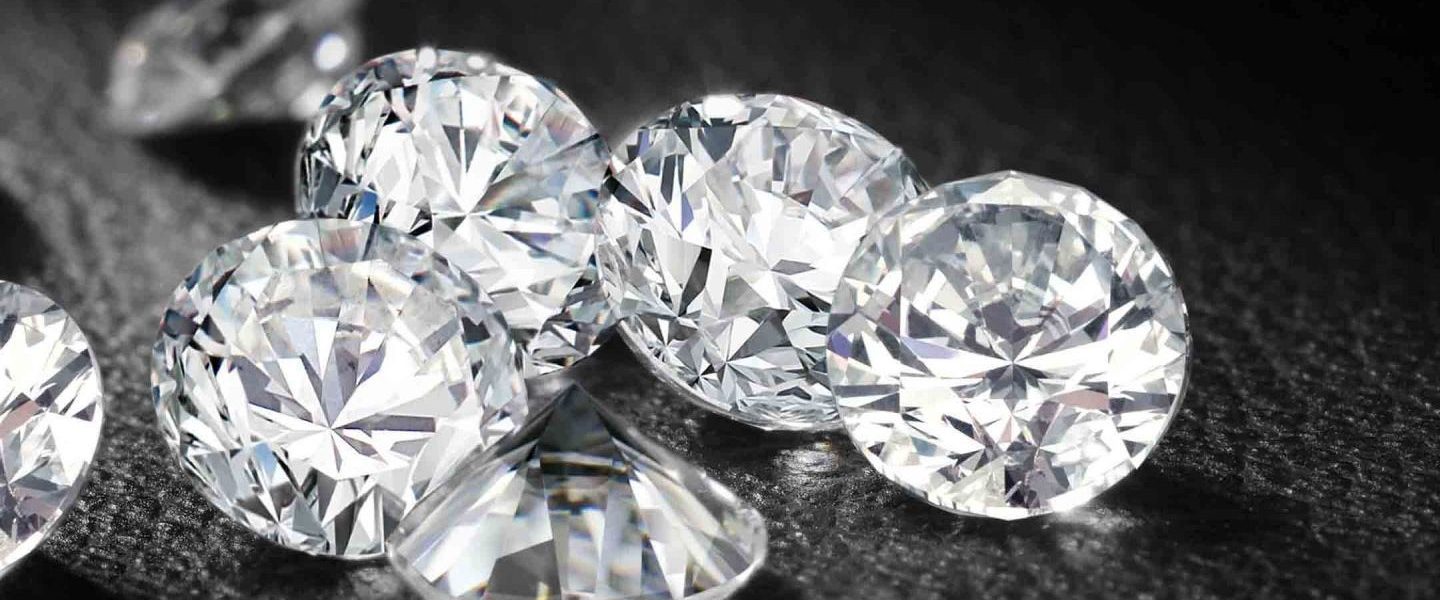Diamonds have captivated human hearts for centuries, but not all diamonds are created equal. Among these glittering gems, Type IIA diamonds stand out as the pinnacle of purity and brilliance. Let’s dive into what makes these diamonds so special and why they hold a unique place in the gem world.
What Are Type IIA Diamonds?
Type IIA diamonds are a rare subset of natural diamonds. Scientifically, they are diamonds that are almost entirely free of nitrogen impurities, which distinguishes them from other types. This lack of nitrogen is what gives Type IIA diamonds their exceptional clarity and brilliance. Discovered in the 1930s, these diamonds were first classified based on their unique physical and chemical properties.
Unique Characteristics of Type IIA Diamonds
The most defining characteristic of Type IIA diamonds is their unparalleled purity. Unlike other diamonds, which contain varying amounts of nitrogen, Type IIA diamonds are composed almost entirely of carbon. This absence of nitrogen impurities means that Type IIA diamonds are incredibly clear and can exhibit a remarkable transparency that is often unmatched by other types.
Formation of Type IIA Diamonds
The formation of Type IIA diamonds is an extraordinary process that takes place deep within the Earth’s mantle under conditions of extreme temperature and pressure. Over millions of years, carbon atoms bond in a unique crystal structure to form these exquisite gems. This lengthy formation process, combined with their rare geological conditions, contributes to the scarcity and value of Type IIA diamonds.
Comparison with Other Diamond Types
Diamonds are categorized into four main types: IA, IB, IIA, and IIB, based on their nitrogen and boron content. Type IA diamonds, for instance, contain significant amounts of nitrogen, which can affect their color and clarity. Type IB diamonds have isolated nitrogen atoms, while Type IIB diamonds contain boron, giving them a blue or gray hue. In contrast, Type IIA diamonds are almost entirely free of these impurities, setting them apart in terms of purity and optical properties.
Why Type IIA Diamonds are Highly Valued
The high value of Type IIA diamonds stems from their exceptional clarity and brilliance. Their lack of nitrogen impurities means that light passes through them with minimal distortion, resulting in a dazzling sparkle. This superior optical quality makes Type IIA diamonds highly sought after by collectors and jewelers alike.
Famous Type IIA Diamonds
Several world-renowned diamonds belong to the Type IIA category. The Cullinan Diamond, the largest gem-quality diamond ever found, and the Koh-i-Noor Diamond, part of the British Crown Jewels, are both Type IIA Diamond. These famous gems exemplify the extraordinary quality and rarity of Type IIA diamonds.
Applications Beyond Jewelry
While Type IIA diamonds are most commonly associated with stunning jewelry pieces, their exceptional properties also lend themselves to various industrial and scientific applications. For instance, their hardness and thermal conductivity make them valuable in cutting tools and heat sinks. In scientific research, Type IIA diamonds are used in high-precision instruments and quantum computing.
The Market for Type IIA Diamonds
The market dynamics for Type IIA diamonds are influenced by their rarity and demand. Due to their unique properties and limited supply, these diamonds often command premium prices. Collectors and investors highly value them, contributing to a robust market for these exceptional gems.
How to Identify Type IIA Diamonds
Identifying a Type IIA diamond involves a combination of certification and visual inspection. Gemological laboratories, such as the Gemological Institute of America (GIA), provide detailed reports that specify a diamond’s type. Visually, Type IIA diamonds can often be recognized by their exceptional clarity and lack of color, but professional verification is essential for accurate identification.
Caring for Your Type IIA Diamond
To maintain the brilliance of a Type IIA diamond, proper care is essential. Regular cleaning using a mild soap solution and a soft brush can help keep the diamond sparkling. Additionally, storing the diamond separately from other jewelry can prevent scratches and damage.
Investing in Type IIA Diamonds
Investing in Type IIA diamonds can be a wise decision, given their rarity and long-term value appreciation. Market trends indicate a steady increase in demand for these diamonds, making them a potentially lucrative investment. However, it is crucial to purchase from reputable sources and consider factors like certification and provenance.
Ethical Considerations
When purchasing Type IIA diamonds, it’s important to consider ethical factors. Ensure that the diamond is conflict-free by verifying its certification. Additionally, be aware of the environmental impact of diamond mining and opt for companies that adhere to sustainable practices.
Buying Tips for Type IIA Diamonds
When buying a Type IIA diamond, look for reputable jewelers and ask for detailed certification. Pay attention to the diamond’s clarity, color, cut, and carat weight, as these factors significantly affect its value. Don’t hesitate to ask questions about the diamond’s origin and the jeweler’s return policy.
Conclusion
Lab Grown Diamonds represent the epitome of purity and brilliance in the gem world. Their unique characteristics, historical significance, and exceptional beauty make them highly coveted by collectors, investors, and jewelry enthusiasts. Whether you are purchasing a Type IIA diamond for its aesthetic appeal or as a long-term investment, understanding its unique properties and market dynamics is essential.





